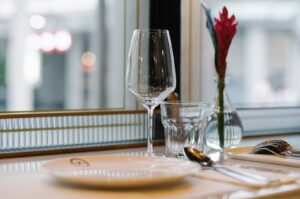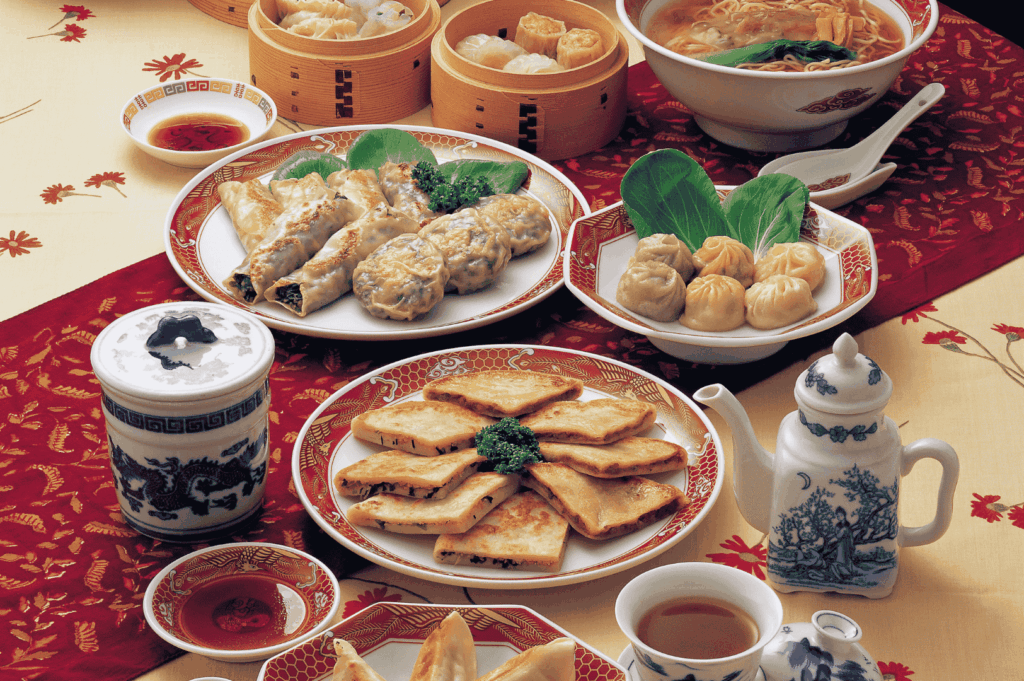
Singapore is often hailed as a global food paradise, a place where culinary excellence is interwoven with daily life and tradition. While many associate Chinese food in Singapore with the delicate dim sum and roasted meats of Cantonese cuisine, this is merely one facet of an expansive culinary story. The city’s thriving food scene showcases a treasure trove of regional Chinese cuisines Singapore—from the peppery punch of Sichuan to the soulful depths of Teochew style braised meats, each cuisine brings its own unique flavour, cooking techniques, and signature dishes to the table. This diversity is a direct result of the waves of Chinese immigrants who arrived from various provinces, infusing the local food scene with their cherished traditional recipes and culinary heritage.
In this article, you will set out on a journey beyond the familiar, discovering the unforgettable tastes, ingredients, and dining experiences that make up Singapore’s Chinese food landscape. From the mala-spiced classics of Sichuan food to the wok hei–charged Hokkien mee, from authentic Teochew cuisine’s famed chilled Australian lobster to hearty Hakka slow-cooked fare—prepare to uncover a new world of flavour and tradition at local restaurants, hawker stalls, and specialty kitchens celebrated for their authentic regional Chinese food.
Historical Context: Regional Chinese Cuisine Migration to Singapore
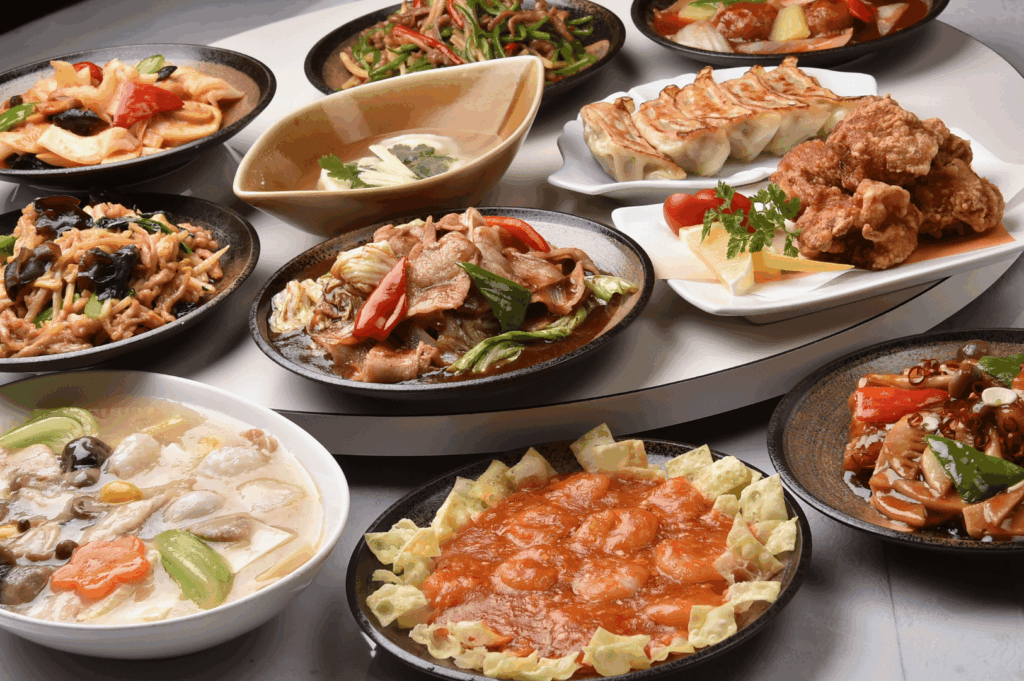
The remarkable variety of regional Chinese cuisines Singapore owes much to centuries of migration and communal preservation. Beginning in the 19th century, waves of immigrants from southern China—primarily Fujian, Guangdong, and Hainan—arrived in Singapore, seeking better livelihoods. By the early 20th century, the Hokkien and Teochew dialect groups had become the largest communities, shaping both local culture and culinary traditions. Other groups like the Cantonese, Hakka, and Shanghainese contributed additional culinary diversity, each enclave leaving its mark on traditional recipes and local food customs.
These communities founded clan associations, temples, and vibrant enclaves, but perhaps their most enduring legacy exists in food—the restaurants, hawker stalls, and kitchens where home-cooked meals and street food sustained identity and community ties. Over time, regional cuisines evolved with the local context. Dishes adapted to available fresh seafood, local vegetables, and new influences, especially from Malay and Indian food. According to recent Singapore census data, Teochew and Hokkien dialect groups together comprise over 60% of the Chinese population, with their cuisine forming the bedrock of many zi char stall menus. This blend of tradition and innovation is what defines Chinese food diversity Singapore today.
Sichuan Cuisine in Singapore
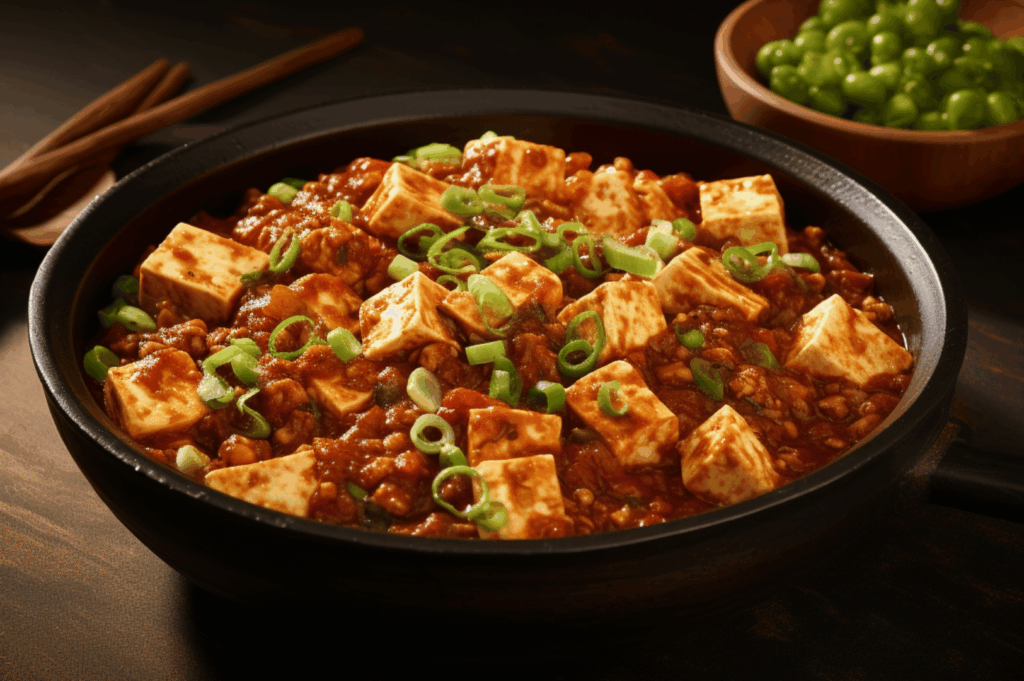
Among the boldest regional Chinese cuisines, Sichuan cuisine stands out for its palate-awakening heat and signature mala (麻辣) numbing spice. The cuisine, beloved for its balance of spicy, aromatic, sour, and umami flavours, is gaining traction at modern restaurants and specialty hawker stalls alike.
Key Sichuan Dishes to Try:
- Mapo Tofu: Silky tofu with minced meat in a mala-laced sauce, showcasing Sichuan’s famed spicy and numbing sensation.
- Sichuan Hot Pot (Málà Huǒguō): A lively meal involving a bubbling pot of bold broth, into which fresh ingredients like thin-sliced meat, prawn roll, and vegetables are swished.
- Kung Pao Chicken (Gōngbǎo Jīdīng): Juicy chicken wok-fried with dried chili, peanuts, and a sweet-sour sauce for a classic dish that balances heat and flavour.
Top Restaurants for Sichuan Food Singapore:
- Si Chuan Dou Hua Restaurant (Various locations, including UOB Plaza): Enjoy a la carte menu highlights like perfect Mapo Tofu and classic deep fried dishes in a refined setting. (Price: $$)
- Birds of a Feather (Amoy Street): This modern eatery is famous for its creative fusion small plates, signature Sichuan hot pot, and Instagram-worthy ambience. (Price: $)
- Chengdu Restaurant (Amoy Street): Known for fiery classics and authentic flavours, including excellent mala seafood and slow-cooked meats. (Price: $)
Hokkien Cuisine Singapore: Wok Hei and Seafood Delights
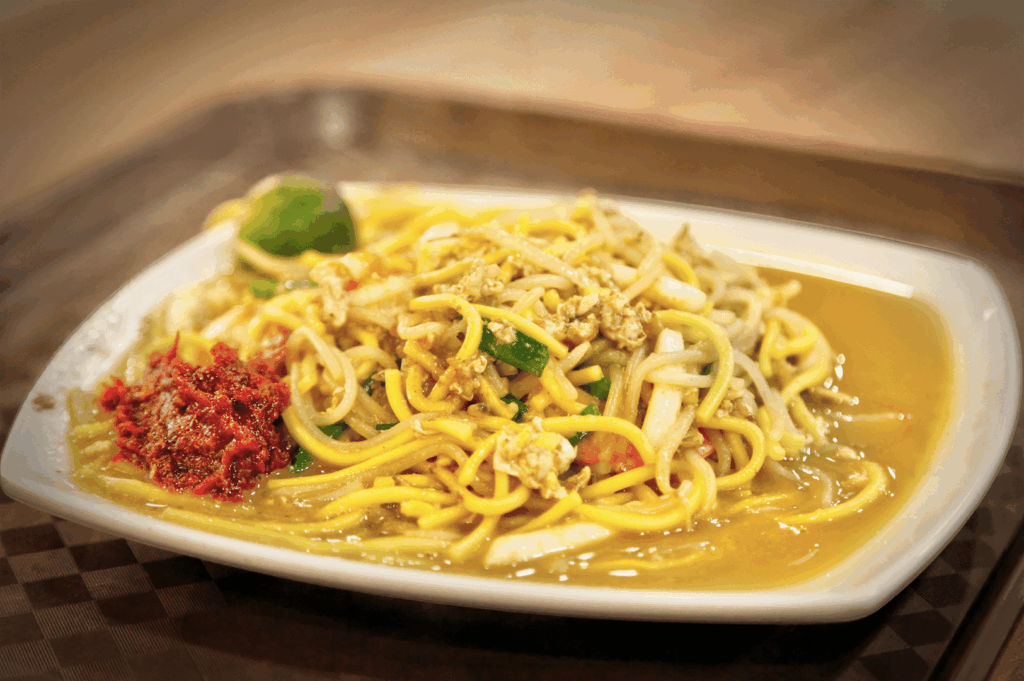
Influenced by Fujian’s coastal geography, Hokkien cuisine in Singapore is beloved for its savoury broths, wok hei, seafood abundance, and rich, dark soy sauce gravies.
Must-Try Hokkien Dishes:
- Hokkien Mee: Yellow noodles and rice vermicelli wok-tossed in prawn and stock with squid, pork belly, and just enough prawn paste for natural sweetness.
- Oyster Omelette (Orh Luak): Eggs, sweet potato starch, and oysters deep fried for a crispy, chewy, umami-enhanced treat—an iconic hawker stall favourite.
- Popiah: A hearty spring roll stuffed with braised turnip, steamed crab meat, egg, and preserved radish (chye poh), all tightly wrapped for the perfect balance of savoury, crunchy, and sweet.
Signature Hawker Stalls and Restaurants:
- Beng Hiang Restaurant (Jurong East): One of the best places for full-flavoured, classic Hokkien cuisine and hearty braised meats. (Price: $)
- Swee Guan Hokkien Mee (Geylang): Famous for smoky Hokkien Mee bursting with seafood and deep wok flavour. (Price: $)
- Quan Xin Yuan (Jalan Besar): Specialising in time-tested recipes and traditional slow cooked fare. (Price: $)
Authentic Teochew Cuisine in Singapore: Fresh Seafood & Steamed Specialties
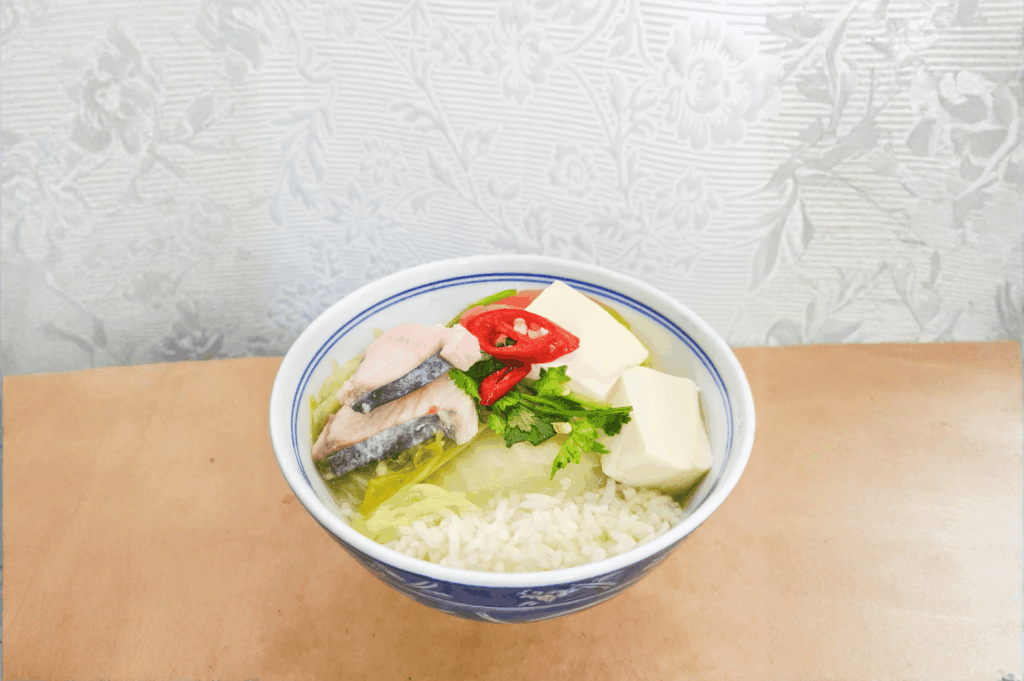
Teochew cuisine (潮州菜) is revered for its emphasis on freshness, light preparations, and clean, natural taste. Steaming and poaching are favoured methods, with a focus on premium fish, shellfish, and subtle seasoning with garlic, ginger, and Chinese wine.
Key Dishes of the Teochew Style:
Teochew Porridge: Thin rice porridge with savoury sides such as salted vegetables, slow-cooked braised duck, egg white omelettes, and minced garlic pork.
Steamed Coral Trout: A signature dish where fresh fish is delicately steamed with ginger, salted vegetables, and sometimes Chinese wine for umami flavour.
Teochew Cold Crab: Chilled crab meat served with housemade vinegar dip—premium and perfect for a special occasion.
Orh Nee (Yam Paste): A sweet, smooth yam desert often topped with mashed taro and pumpkin, or ginkgo nuts for authentic Teochew fare.
Where to Enjoy Teochew Dining:
Fu Yuan Teochew Dining (Jurong East Square): Known for authentic Teochew food, fresh seafood, and hearty braised meat platters, including braised pork belly and steamed lobster. (Price: $$)
Chui Huay Lim Teochew Cuisine (Keng Lee Road): A classic restaurant serving traditional dishes from slow-cooked braised duck to fluffy kway teow and fresh ingredients in every plate. (Price: $$)
Chin Lee Restaurant (Bedok North): A go-to for traditional Teochew kitchenette classics—don’t miss their Teochew kway teow, braised meats, and orh nee dessert. (Price: $)
Liang Kee Teochew Restaurant (Whampoa West): Old-school favourite for hearty meat platters, preserved radish omelettes, and minced garlic pork. (Price: $)
Shanghainese Cuisine Singapore: Savoury, Sweet, and Saucy
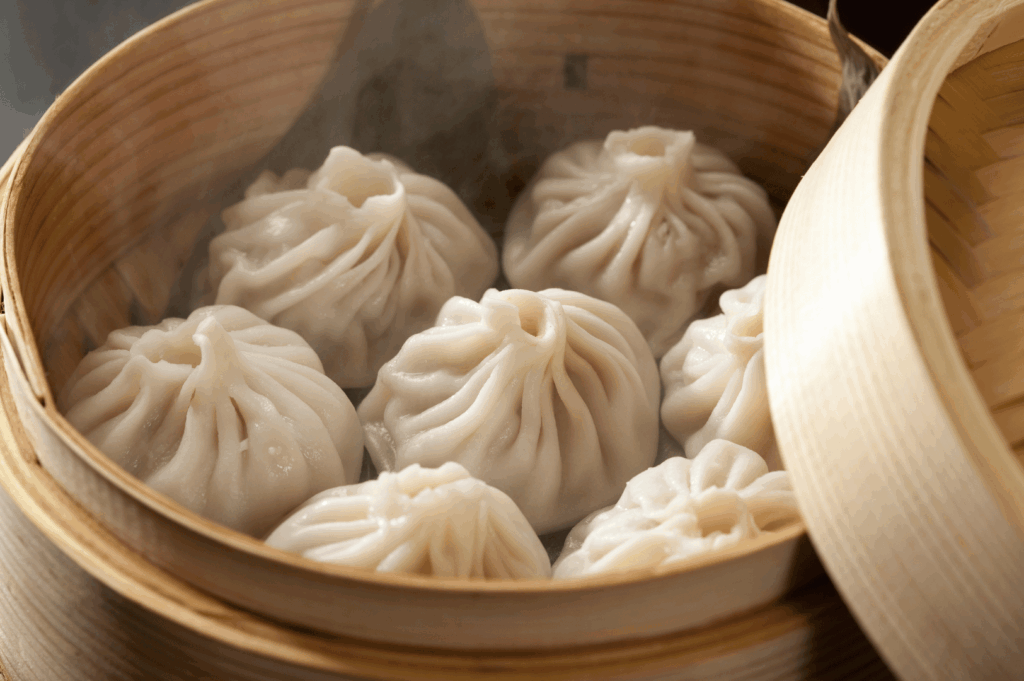
With an unmistakable affinity for sweet, savoury, and saucy dishes, Shanghainese cuisine Singapore is ever popular among locals seeking comfort food with robust umami flavour.
Notable Dishes and Where to Try Them:
- Xiao Long Bao: Soup-filled dumplings made to order, best enjoyed with grated ginger and a drop of black vinegar.
- Braised Pork Belly (Hóngshāo Ròu): Pork belly slow cooked in sweet soy sauce, always served with natural flavours and sometimes egg white garnish.
- Drunken Chicken: A la carte menu item poached in Chinese wine, cooled, and sliced for a refreshing appetiser.
Best Restaurant Picks:
- Din Tai Fung: (Islandwide) for dim sum and Xiao Long Bao.
- Imperial Treasure Fine Shanghai Cuisine: (Takashimaya S.C.) for a classic la carte menu and old world ambience. (Price: $$)
- Shanghai Renjia: (Ang Mo Kio) for authentic Shanghainese food with traditional recipes and hearty portions. (Price: $)
Modern Fusion and the Evolution of Regional Chinese Cuisines Singapore
Today’s culinary landscape is all about evolution and authenticity. Chefs are blending regional classics with new ingredients—resulting in dishes like Sichuan-inspired burgers, char kway teow spiked with prawn paste, or even braised pork belly stuffed in bao buns. Creative modern restaurants increasingly highlight premium fresh seafood, crab meat, and signature sauces, and even feature French poulet or dim sum with a Teochew twist on their menus. These contemporary interpretations keep Chinese food relevant, interesting, and full of natural taste for new generations.
Conclusion

The breadth of regional Chinese cuisines Singapore is truly astonishing, from authentic Teochew cuisine’s natural flavours to the bold heat of Sichuan and the delectable pork belly of Shanghai. With hawker stalls, la carte menu restaurants, and innovative chefs embracing both tradition and modernity, Singapore’s food lovers have endless options for every taste and occasion. Step beyond the expected, visit the recommended establishments, and experience the heart and soul of Chinese food diversity Singapore—each meal is a taste of living history.
For those with a sweet tooth, don’t miss exploring Singapore’s rich dessert culture and, if you’re dining with family or friends, check out some of the best group dining spots across the city.


